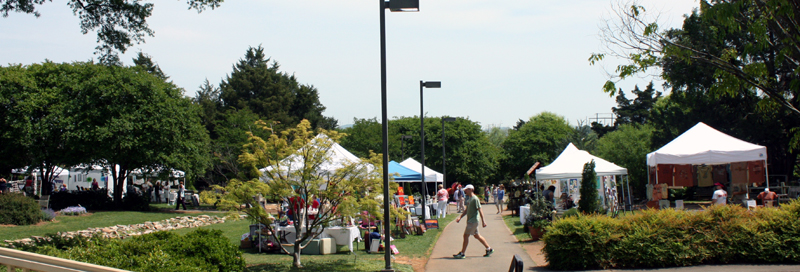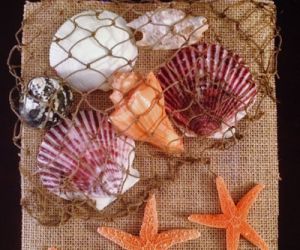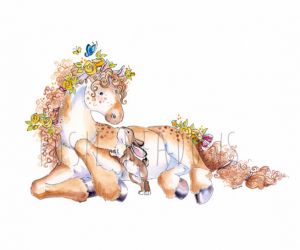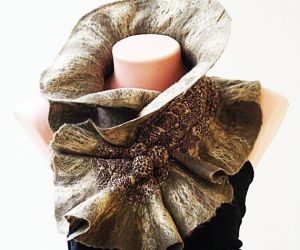Business Advice For Artists and Crafters
Hand crafted products are enjoying a renaissance in today’s fast-paced, sleekly packaged, instant-merchandise world. The problem is, for some reason many consumers tend to think that handicrafts should be priced a lot cheaper than those that are factory made and mass produced. If you are a craftsperson, you would know the time, effort, and creativity it requires to come up with a one-of-a-kind product; therefore, it’s only fair to price it accordingly. Below are some tips on how to do so from guest author Joel Chang.
First, determine the total price for your raw materials.
Keeping all the receipts for the raw materials you bought is very important. These will help you add up the total cost for all the supplies needed to come up with the handicrafts, and also their packaging. Many craftsmen suggest adding up the total for all the raw materials needed for one product, then multiplying the sum by four. Doing so ensures that you will come up with the best retail price for it (since you may not be selling wholesale for handicrafts). Also, should the price of raw supplies for your handicrafts suddenly go up, you can protect yourself from too much loss, financially.
Next, come up with a labor cost that’s fair to you and your customers.
If you are enjoying a level of fame that has everything to do with your skills as a craftsperson, then it is only fair to add a labor cost to your raw price (the one you came up with during the first step of costing) in accordance to your popularity. Expert craftsmen usually have a default labor cost to add to their raw price, so the addition stays more or less consistent. However, if you are a beginner craftsperson, practice fairness in determining your labor cost. Consider the difficulty you encounter in making one product, the time you spend in producing it, the amount of trial and error involved, and your level of expertise in handling the tools that go with making it.
Get the sum of your raw price and labor cost, then add 10% on top of it.
Once you’ve determined the amount of your raw price added with your labor cost, it’s time to add ten per cent on top of it. If the total comes up as an odd number, round it off. This amount acts as a buffer in case a customer asks for a reasonable refund, warranty, repair, or replacement for the product.
Charge for shipping separately.
Depending on the proximity of the orders, shipping can significantly add up to the total cost of your product. Many customers do not mind paying a few more dollars to get your hand-crafted products to their doorstep, so make sure to be clear about how they are the ones handling the shipping cost. You can cover the shipping cost for special events, such as your business’ anniversary or for holidays, but try not to make a habit of it, as it can result in huge net loss.
Guest author Joel Chang frequently draws from his previous experiences in the retail industry for inspiration on his guest posts. He also works at JAF Gifts, a candle and wedding centerpieces company.
First image (craft show) by Kathryn Depew. Second image by photosteve1 on flickr, used under Creative Commons license.
Related articles












I have a craft booth, so I found this post very informative! I like the 10% tip. Thanks for sharing.
Melanie
Bear Rabbit Bear Crafts
Check out our Melissa and Doug giveaway!